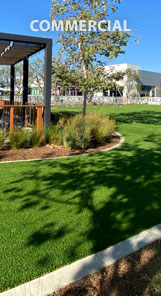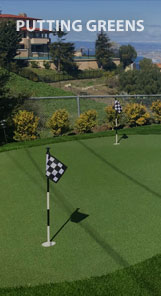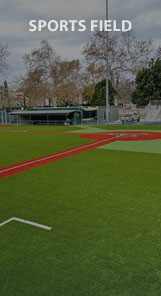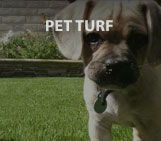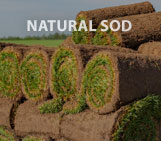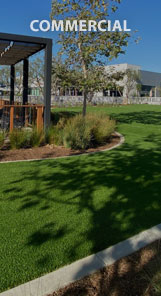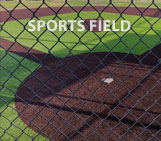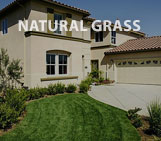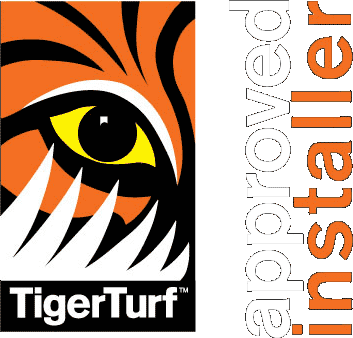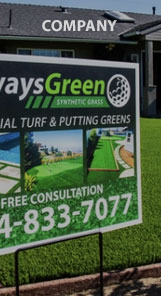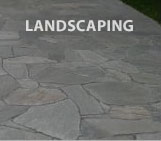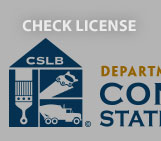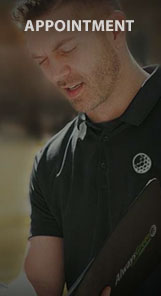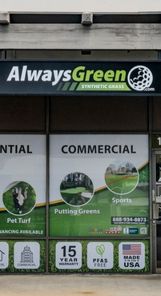Three years ago, I had our small, fenced-in back yard replaced with synthetic grass. Was it expensive? Yes. But just look at the results. And this is what the yard looks like every single day, no matter what my three big dogs do to it. Here’s why pet turf is the single best investment dog owners can make to their home.
It only took Wiley, Bowie, and Teddy one year to completely destroy the natural grass in our back yard. It probably would have been less time, if the yard wasn’t blanketed in snow for five or six months.
And that destruction wasn’t just unsightly. All of that dirt and mud clung to their paws and fur, so every time they came inside, they tracked it all over our shiny black floors and nice furniture. Owning three big dogs already requires a lot of work. (Think: shedding, exercise, diet, and shenanigans.) So, having to bust out the mop multiple times a week, too, just felt egregious.
Within the space of a year, our dogs had turned the yard into an unsightly, smelly, mud pit.
Worse still, our yard’s exposed dirt would bake into a crust during warmer, drier months, and hold onto urine, and the small remnants of poop I was unable to pick up. On hot days, it smelled like shit—literally. Hanging out on our back deck became untenable.
None of this was the dogs’ fault, of course. They want to run and play, and need to poop and pee. Being able to let them out to do that, without leashing them up and taking them for a walk every single time is why we have a yard.
Running through the various options, nothing else other than pet turf seemed viable. A dry scape doesn’t fit with the natural ecosystem outside our home, here in Montana. Plus, the dogs would kick up rocks, tear up plants, and dig like crazy. Simply replacing the grass with something less muddy—gravel, maybe—wouldn’t look good. And paving the yard didn’t sound appealing either, even if we used nice flagstones.
I did look into installing the pet turf myself, but the process requires more than just laying down strips of synthetic grass. The entire yard needed to be excavated to a depth of 12 inches, then layers of gravel and sand needed to be poured and tamped. Our existing in-ground sprinklers needed to be removed and the pipe that fed them needed to be capped so we could keep using the system in our natural front yard. Not only was I worried that my ambition might exceed my talent—there’s nuance to installing specialized materials—but the cost of renting tools, plus DIY time, all pointed to a headache-free professional installation.



